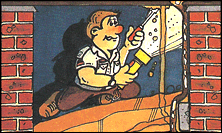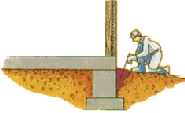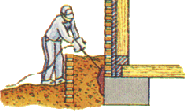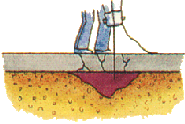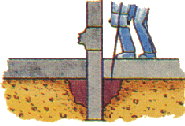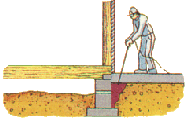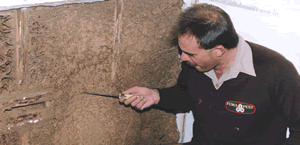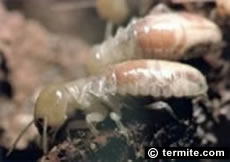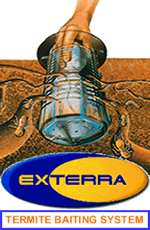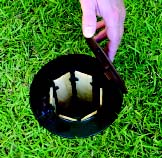 The
most important thing to do when you discover an infestation of termites
is not panic. Although they will probably have done some damage
already, as long as you get it sorted out quickly your property should
be okay. The optimal way of doing this is to contact pest control
specialists who will be able to eliminate the infestation by destroying
the colony. There are also treatments that you can buy, but the only way
you will know that the problem really has been completely eradicated is
if you get professional help.
The
most important thing to do when you discover an infestation of termites
is not panic. Although they will probably have done some damage
already, as long as you get it sorted out quickly your property should
be okay. The optimal way of doing this is to contact pest control
specialists who will be able to eliminate the infestation by destroying
the colony. There are also treatments that you can buy, but the only way
you will know that the problem really has been completely eradicated is
if you get professional help.Termites
When dealing with pests, it always helps to know a little about them. This not only assists in formulating and understanding the best pest control techniques, it also will give you a good idea of what they are about, and how much you need to worry. With termites of course, everyone is aware of the serious damage that they can do to properties which is why they are so feared. The size of colonies often numbers in the millions, however in a sense that is a good thing, because it means they won't be able to stay hidden for long.
Termites are always working, 24 hours a day, never taking a break or sleeping Although everyone knows about the damage termites can do, not everyone knows what they look like. It helps to know that another name for them is the “White Ant,” although they are not actually a member of the ant family. In fact, strictly speaking, they are more like cockroaches. But they look a lot like ants, and they are white. So if you spot any white ants in or around your property, be sure to contact a pest control company straight away. termite damage They are also similar to ants in that they live in colonies, as already mentioned, and they have a Queen which does all the breeding with a King. Their rate of reproduction is quite astounding, with a Queen able to lay as many as 2,000 eggs in a single day. Knowing this, and how to find the nest in which the King and Queen live, is the most important part of termite control.
Termite Control
There are two main termite treatments which can be applied, those being liquid and bait.The liquid form of termite control involves laying down a large quantity of liquid chemicals, which will prevent termites from entering the property, and not allow termites which are already in the property back out, meaning that they will die.
The bait form of termite control involves putting termite food out, usually underground. This usually means paper or cardboard, soaked with a substance which will kill termites but is slow acting. This gives time for a lot of termites to find it, and to carry it back to the nest. With any luck, a piece will make its way to the Queen and the colony will be effectively killed.



